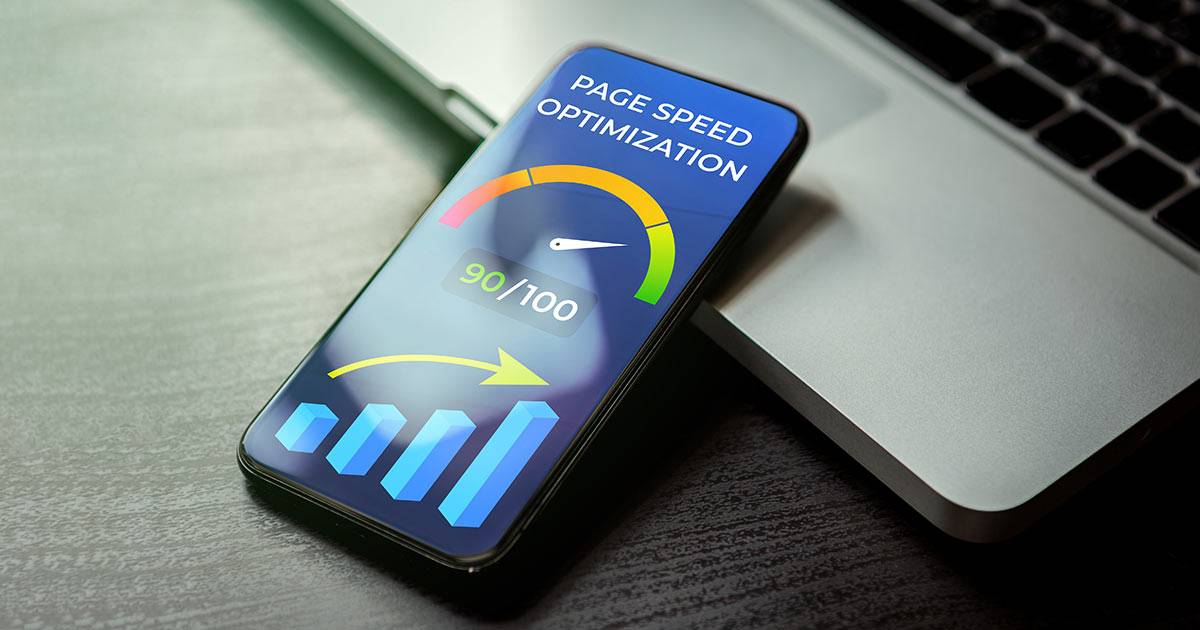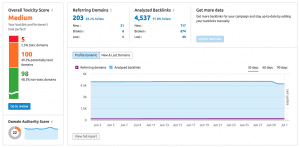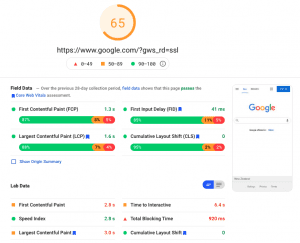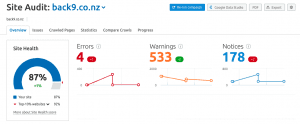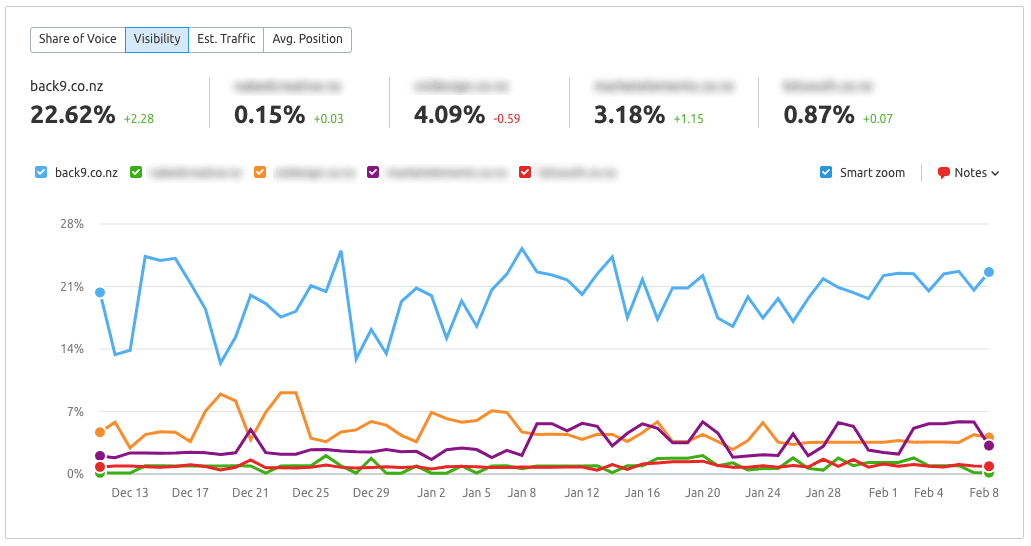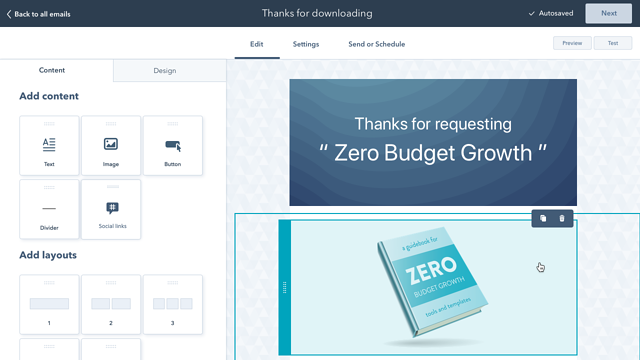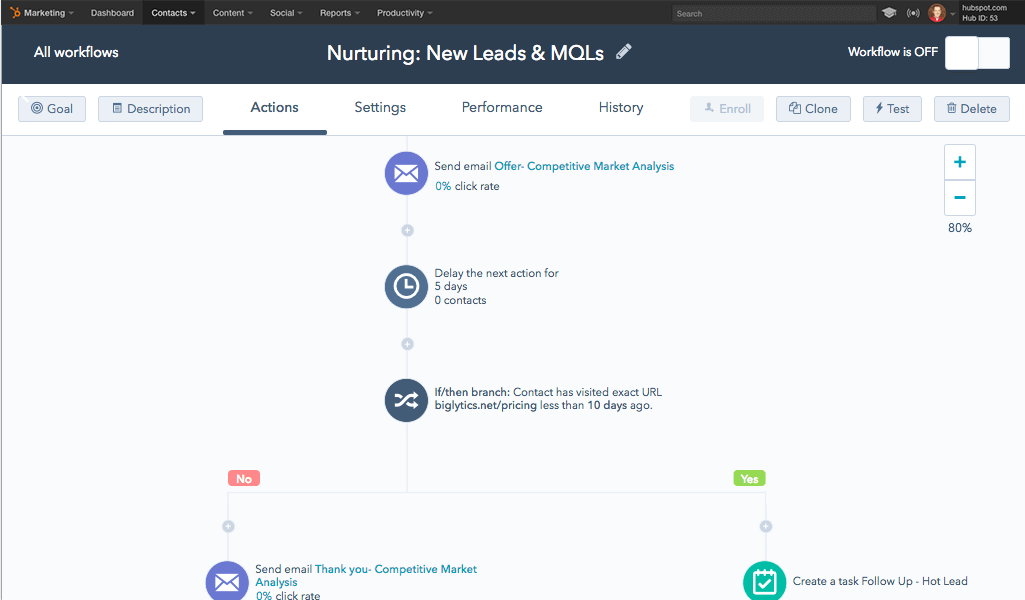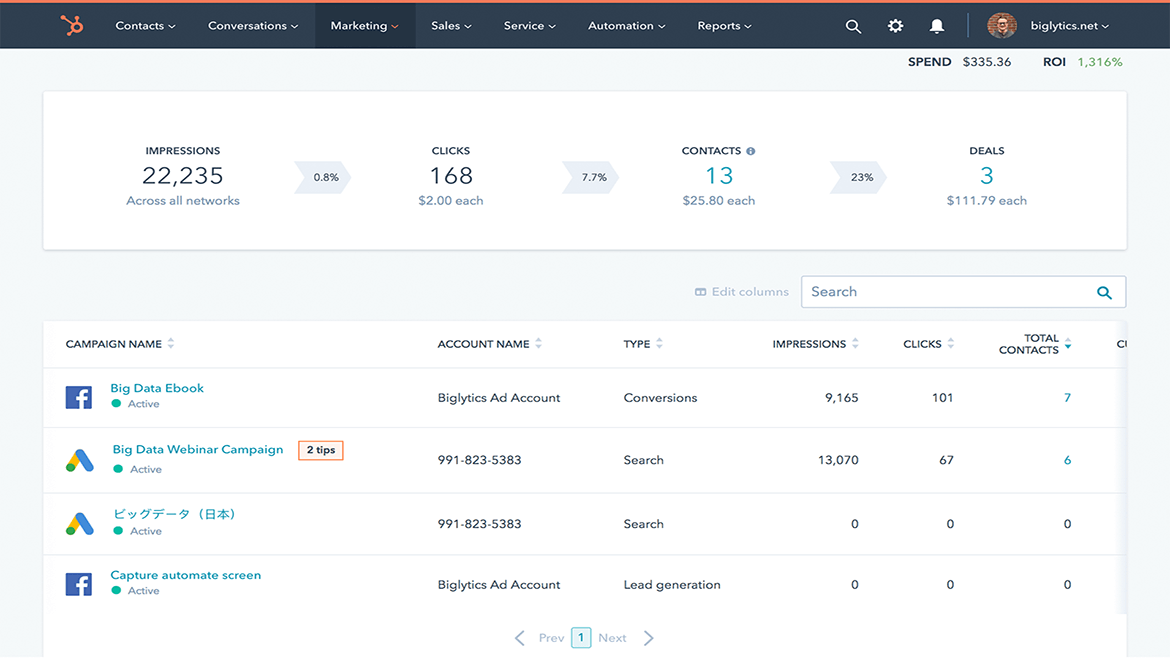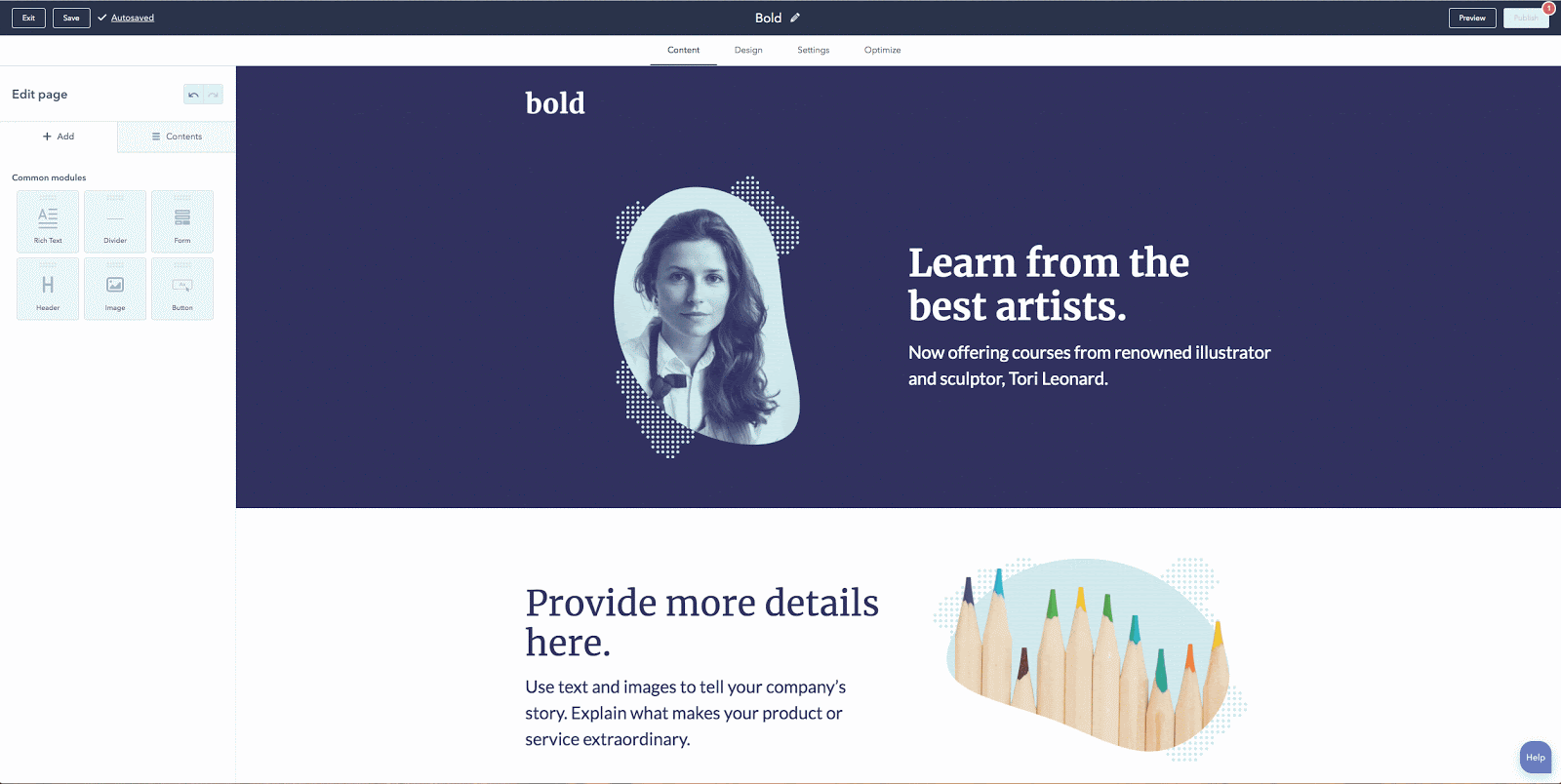One of the biggest hurdles to selling online is how to handle inventory management.
This is especially true when there’s also a brick-and-mortar store. How do you coordinate in-store vs online sales? The last thing you want is to have someone buy something online, then find out that one of the items is out of stock and have to issue a partial refund. Or worse–they request to refund the entire order. Not only is that a potential sale lost, but it costs you time to apologise and process the refund too. How can you handle inventory management when things get complicated?
There are many inventory management systems to choose from, but we’re going to compare some of the most popular options in NZ: Unleashed, Sortly, Vend, Cin7, Accredo, Ostendo, Infusion, and SAM Orion.
Want a quick comparison of each of these? Click here to jump to the quick compare table!
What is inventory management software?
While you might be able to try to keep track of your inventory with a notebook and a pen, it’s a lot of trouble that can be automated away with an online inventory management system. Depending on your business size, a simple database manager may do the trick, or you might need a comprehensive digital suite to make sure everything is handled properly. Either way, you’ll need some kind of inventory management software to help you sell products online.
On the surface, it might seem like inventory management software just keeps track of stock. And the basic ones do just that. But more complex ones can do so much more. Some have a built-in payment gateway so you can accept payments without paying for another subscription. Others manage invoicing too. And some handle everything–sales, customer database, shipping and tax, etc.
Using an online inventory management system keeps track of how many of each product you have left in stock, and allows you to quickly change prices for sales. Many will also automatically track sales numbers and create reports comparing month-to-month performance. A solid offering will also integrate with your in-store stock so you don’t have to try to coordinate stock manually. The right choice for you will depend on the size of your business, the number of products you have, and whether you have or plan to have a physical store.
The big players in inventory management have customers from all around the world. Because of this, they offer solutions for international issues.
Some on the list are dedicated to delivering solutions for New Zealand and focus on specific issues that the country faces for inventory management. These ones have the advantage of local service and understanding some of the unique challenges kiwis face.
1. Unleashed
Unleashed is a cloud-based platform and one of the most popular options today. It’s a real-time inventory management system with dedicated options such as B2B e-commerce (for an added cost).
Features of Unleashed
There are many features available in Unleashed including a dedicated mobile app and business intelligence insights. The software allows for unlimited products, currencies, transactions, and more. It can handle barcode scanning, stock levels, product grouping, and markups. You can also see your stock in real-time, with an integrated physical and digital stock. If you already have something to manage your in-store stock, Unleashed has an API–meaning it is able to communicate and share data with other software and apps–and it easily integrates software and in-store management systems.
Unleashed has a dedicated learning section and also hold regular seminars in many localities including New Zealand. Managed Onboarding is also a required cost (additional $389) where you work via remote chat with an authorised agent.
Unleashed Pricing
Unleashed markets itself for mid-size businesses and above. The Mid-sized tier is $259+GST per month and goes up to Enterprise at $899+GST per month. Each of the plans has the same features, but higher tiers give more access to some features. For instance, Medium has 3 included users and Enterprise has 20.
Unleashed comes with a 14-day free trial with no credit card required. The free trial is in a sandbox environment. A sandbox is basically a test version that isn’t live. This means that you can test any feature you want–like buying a million of a product–and see how the software would handle the situation.
Who is Unleashed right for?
If you’re a business owner of a medium to large business, Unleashed is a good option for you. With a higher price point and dedicated representatives, it’s ideal for businesses with large inventories and many employees as it manages everything across multiple channels and locations all in one place.
2. Sortly
Claiming to be a smarter way to inventory, Sortly allows for multichannel management of your inventory.
Sortly Features
Sortly pares down its features to essential options to keep the price down. Managing inventory is its primary function and it can set automatic alerts when product stock falls under a certain level or send reminders to reorder. Items can be grouped by category, physical location, and more. It can read barcodes and connect your physical stock to digital items. Product data can be imported and exported through CSV and data can be accessed on any device. The software can also create custom reports so you can quickly see top-selling items, inventory, and more.
One helpful thing Sortly offers is a free option with limited features. The free option only allows 1 user, 1 custom field, and 100 entries, but is an excellent starter for new businesses with limited products.
Sortly pricing
Sortly prides itself on affordability, and aims to keep costs low by focusing on essential features. Above the free plan, Advanced is at $39/month (USD) and increases entries to 200, custom fields to 10 and users to 3. Ultra is $119/month and has unlimited entries and custom fields, handheld scanner capability, and API access. For larger stores where integrating digital and physical stock is essential, Ultra is probably the way to go.
You can get a full 14-day free trial of Sortly on any plan. Keep in mind that the free trial requires a credit card so you’ll be charged after the trial period if you don’t cancel within 14 days.
Who is Sortly right for?
Sortly is a good choice if you have a smaller business or are looking to test the viability of selling some of your products online. It’s also ideal for selling products online only or if you have a smaller inventory and don’t need a plethora of extra features.
3. Vend
Focusing on the integration of a retail store with an online environment, Vend aims to seamlessly blend both types of sales.
Vend Features
Primarily a Point of Sale system, Vend strives to do more than be a POS. It’s designed to be simple to use and understand with an intuitive user interface. It allows for fast checkout and catalogue checks in real-time. For inventory management, it offers options to automatically reorder product if it falls below a certain point. Inventory across multiple locations and channels are managed on the cloud; even if you have a separate catalogue for online and social media, you can manage it in one place.
Since having a physical store is a focus for Vend, they offer many in-store benefits. A “register” is included with every plan, an in-store selling point where the Vend software can be loaded to a Mac or PC. They also have a Scanner app that reads barcodes and a customer-facing display for checkout.
Vend Pricing
Vend starts at $129/month for one location with one register on the Lite plan. For over $30k monthly turnover, Pro is $159/month. None of the plans have transaction fees. API access, gift vouchers, and app integration are available for Pro.
Vend has a free 14-day trial you can start after filling out some basic information.
Who is Vend right for?
If you already have a physical store and are looking for a better way to manage inventory, Vend may be right for you.
4. Cin7
For a comprehensive system that does inventory management and much more, Cin7 includes accounting, product management, a CRM, and more.
Cin7 Features
Cin7 is a robust piece of software that is used by major retailers worldwide. It does order management, Amazon integration, reports and analytics, forecasting, and warehouse management. It also has a cloud-based built-in inventory management system that updates in real-time.
For inventory management, it automatically updates stock and can create product groups, add promotional pricing, and dropshipping. Cin7 includes different stock levels for components, finished goods, and incoming stock as well so you can see inventory at different management levels.
Cin7 Pricing
Our most expensive system on the list, Cin7 starts at $375 for their Small Business plan. It includes 2 users, 3 connections, automation, and 24/7 support. Business increases users to 5, has 4 connections, a dedicated B2B online store, and automation at $695/month. Advanced comes in at $1245/month. It includes a dedicated customer success manager, web developer API connections, and 24/7 Screen reader support.
Cin7 doesn’t have a free trial, but you can book a free demo with a business email address.
Who is Cin7 right for?
While they have a plan called Small Business, Cin7 has features that startups and small operations likely won’t need. Consider it if you have a larger business, deal with multiple suppliers and/or warehouses, or prefer more functionality like accounting and a CRM in a single system.
5. Accredo
Accredo combines accounting and inventory management into a single system. They have a network of partners and qualified support people around New Zealand, such as Online Computers in Invercargill.
Accredo Features
A windows-based software, Accredo combines software for business needs such as sales, financials, and inventory in one place. With automation features, it can integrate with other systems and mobile apps. Accredo can also be tailored and customised to your needs by the development team so you can get the features you need.
For inventory management, Accredo keeps track of stock, along with item sales. Inventory can be managed on the computer or via the Accredo mobile inventory application. Job quotes and costs are also visible within the system.
Accredo Pricing
Since Accredo is sold through a partner network, the price will vary depending on who you buy it from. It is not available to buy directly from the website.
Accredo has a demo version available for trial for free.
Who is Accredo right for?
Accredo could be a good option if you have a Windows machine and want accounting and inventory managed in one system.
However, as Accredo isn’t a cloud-based system and the API isn’t documented, it’s important to work with someone who is familiar with it and have worked with it before. This is especially important if you need it to connect to an e-commerce platform properly, which you’ll need to sell products online effectively.
What is a cloud-based system?
A cloud-based system isn’t stored on a single computer. Instead, it’s on “the cloud”, meaning you are able to access it online from anywhere. If your system is on the cloud, you can access it at work, at home, on holiday, anywhere with an internet connection. Cloud-based systems also store your data online instead of confining it to a single system.
If the system is not cloud-based, you can only access the data on the computer it’s downloaded on. This can make it very difficult to manage elsewhere without some creative solutions like remote desktop–a program that lets a computer somewhere else see and control the computer–which can make them a challenge to use. If your system isn’t cloud-based and you don’t have a backup on another device, you can lose all of your data if the device breaks.
When possible, we recommend using a cloud-based system.
6. Ostendo
A small New Zealand business, Ostendo is developed by Development-X and has clients in New Zealand, Malaysia, UK, Australia, and more.
Ostendo is starting to show its age a bit at this point–it’s not cloud-based, it’s hosted on an unsecured HTTP website, it’s difficult to connect it to other software, and it isn’t updated as regularly as others on this list. But it is still used widely around NZ so we’ve included it here.
Ostendo Features
Ostendo has several different features in its software including a CRM and Point of Sale system. It aims to solve a mix of business needs such as labour and timesheet tracking, invoicing, quality control, and inventory management.
On the inventory management side, it can track stock in multiple warehouse locations. Ostendo allows for unlimited products, supplier catalogues, and price lists. It supports several currencies and units of measurement and does inventory forecasting to suggest when you should reorder.
Ostendo Pricing
Ostendo costs $1500 for a single user for the first month, and $300 to renew each year afterwards for updates and upgrades. 3 users are $3800 and additional users are $1250 each. Each user gains access to all products and features of Ostendo.
They also have a free demo trial available for download.
Who is Ostendo right for?
Ostendo claims to have many features that would be helpful for small to medium NZ businesses.
7. Infusion
A small NZ team based in Canterbury developed and maintains Infusion software. Their software does inventory tracking and financials.
Infusion Features
Infusion has a couple of different packages depending on what you’re looking for. The Financials Package is designed for financial reporting. It manages staff records, produces financial reports, and has a cashbook with unlimited accounts. Accounting includes Financials along with a database of customers, suppliers, and products through inventory management. Infusion is about to change to a cloud-based service with full API support which will make it much more versatile.
Inventory management allows for unlimited products. You can assign special pricing per customer so they can receive special rates on one or many products. Each product can be assigned its own serial number and expiry dates if needed. It can manage multiple locations, pricing structures, and pricing levels.
Infusion Pricing
Financials and Accounting packages are online only and cost $25/month and $55/month respectively. Fundamentals includes Financials, a CRM, and product database at $35/month. Professional costs $50/month and adds fixed asset management, marketing tools, and point of sale. The top tier is Elite at $85/month. With Elite, you get a document library and templates, performance reporting, and invoicing modules.
Infusion has a free 30 day trial of any plan you can download and try with no credit card.
Who is Infusion right for?
Infusion may be the right option if you’re an NZ business that needs the essentials of financial and inventory management. It doesn’t have the bells and whistles of some of the bigger names, but has essential features good for small to medium NZ businesses.
8. SAM Orion
Headquartered in Auckland, Orion is part of the SAM suite of Auxo products with an emphasis on the vehicle industry. They claim to help get more sales through faster payments and less admin.
Orion Features
SAM software is all about automation. The Orion program has speciality sections for rentals, vehicle fleets, workshops, and dealerships as well as inventory management.
The inventory management of Orion is designed to combine online and in-store sales in a single place. It can handle multiple currencies as well as project future stock requirements with the option to raise or lower stock based on anticipated need. Orion has discounting and pricing structures built-in as well.
Orion Pricing
Pricing isn’t available on the website, but you can book a free 30-minute product demo by filling out a contact form.
Who is Orion right for?
If you’re an NZ business in the vehicle industry or have a workshop-based business, Orion has features tailored just for you.
Quick comparison of inventory management software
For a quick comparison of pricing and top features of the inventory management software, take a look at the table below.
| Name | Price (Month) | Number of Products Tracked | Trial Period | Features |
| Unleashed | $259-$899 | Unlimited | 14 Days | Cloud-based, Multiple Currencies; Optional B2B eCommerce; API Access; Document Designer |
| Sortly | $FREE-$119 | 100-unlimited | 14 Days | Cloud-based, Desktop/Mobile Access; API Access; Cloud Storage; 30-90 Day storage; Auto sync data |
| Vend | $129+ | Unlimited | 14 Days | Cloud-based, Custom receipts, in-store register, barcode scanner, cash management, auto reordering |
| Cin7 | $375-$1245 | Unlimited | Guided Demo | Cloud, based 24/7 support, automation, CRM, POS integrations, Warehouse Management, Payment Portal |
| Accredo | Not Specified | Not Specified | Demo Version | Invoicing, reporting, automation, sales tracking |
| Ostendo | $1500 (Year);
$300 renewal |
Unlimited | 30 Days | Stock takes, allows negative stock, unlimited supplier catalogues, multi-currency and tax rates |
| Infusion | $35-$85 | Unlimited | 30 Days | Kitset pricing, print barcodes, product catalogues, integrated cashbook |
| SAM | Orion | Not Specified | Not Specified | Guided Demo | Multiple currencies, full sales and costing analysis, vehicle industry special features |
How do I choose the best inventory management system?
If you aren’t sure which inventory management system to use, your best bet is to decide on the most important features you need. Cloud-based should be a priority in most situations since you can manage it from anywhere at any time. It also means your system is less likely to become outdated/incompatible as well as the extra safeguard for protecting your data with backups.
Once you decide on the features you need, doing a trial and working with the software is probably the easiest way to tell if it’s a good fit for your company. That way you can work with it first-hand and see if it’s easy to use and does what you need it to.
If you still aren’t sure, we may be able to help. We recommend talking with an unbiased source about your goals and inventory management needs. There’s no one-size-fits-all solution and many representatives from the companies aim to sell you their systems even if it’s not ideal for your situation. It’s also important to understand what the best eCommerce platform for your business will be for the inventory management system you choose. (Yes these are two different things – complicated right!?)
We can work with any cloud-based inventory management system as well as Accredo and Infusion. Get in touch if you’d like to talk about the best way to handle e-commerce for your business.


![Why is video marketing so powerful? [VIDEO]](https://www.back9.co.nz/b9/wp-content/uploads/2021/06/Why-is-Video-the-most-engaging-form-of-content-.jpg)


